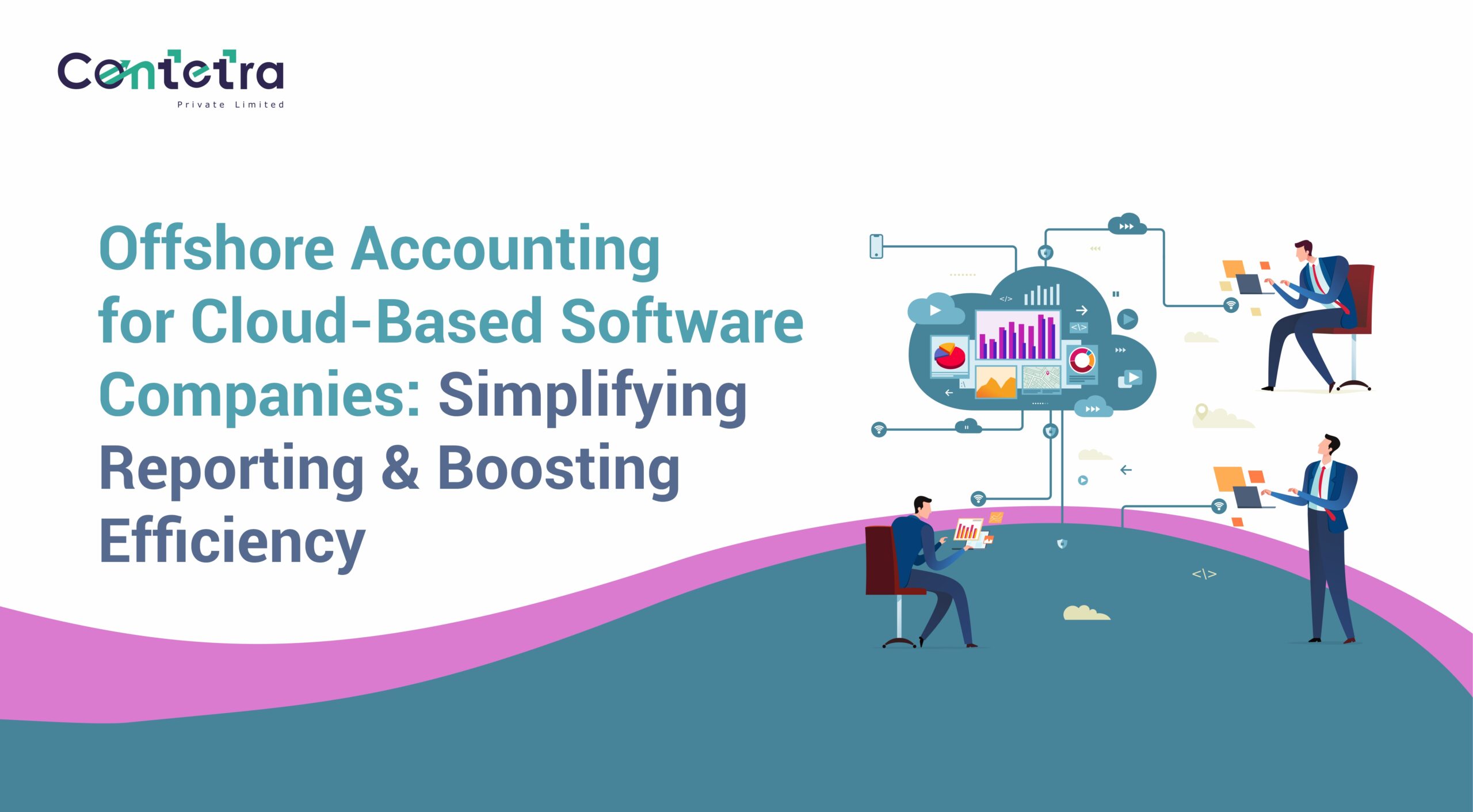Hello Business Owner, today we are going to talk about customer profiling to understand who are your best paying customers. After all, those are the type of customers we want to retain, right?
Cha-Ching! Did you know that not all your customers make you the same amount of money?
An average business owner, only when asked the above question, will gather the below data points:
- What product/service did they buy?
- How much did they pay for it?
- What was the cost of sales for those products/services?
- At any given point of time, is there any dues they owed to the business?
After collecting this information, the business owners feel they know the answer to the question and all the problems related to their customer profiling are solved. Do you think the same? Sorry to burst your bubble but to find the right answer to the question a proper customer profitability analysis is required. Don’t worry, we will walk through the following steps together in this blog:
- Revenue
- Gross Margin
- Days Sales Outstanding
Let us understand with the help of a simple example of Avon Chocolates.
Avon Chocolates is a small business having their own production line for confectionary items. Their growth has been stagnant for a while. They realized they want to understand which customer is actually making them money so Avon can focus on them.
Revenue
The first step to customer profitability analysis is looking at Revenue.
Avon Chocolates | Ramesh | Suresh |
Revenue | 1000 | 1500 |
Okay let’s clarify first that our Suresh and Ramesh have no issues with their dues and no, Avon didn’t sell 5 Star to them. They must have bought it from the competitor.
Jokes apart, the most basic thing a business works on is Revenue!
As a normal business owner, your favorite customer would be definitely be Suresh, which is fair because he earns you more revenue. But, let’s not conclude at the very first step!
Remember our very first blog on the Triple Overlap series – The Secret to Minting Money (you don’t remember? Don’t worry, check it out here.
In that, we discussed the three things your business needs to do to make money are have adequate net profit, adequate ROI, and a positive cash flow. But there was one more catch to it – they needed to do all of this at the same point of time.
You need to follow a similar approach to for your customer profitability analysis as well. So that means Revenue is only one of the elements in a money-making customer.
Gross Margin
Avon Chocolates | Ramesh | Suresh |
Revenue | 1000 | 1500 |
Cost of Goods Sold (COGS) | 750 | 1275 |
Gross Margin | 250 | 225 |
Gross Margin % | 25% | 15% |
After determining the most revenue-generating customer, a business owner gets excited to work with him again. But wait, does Suresh actually make profit for Avon Chocolates?
This is where Gross Margin comes into play.
Gross Margin = Revenue – COGS
Cost of Goods Sold and Cost of Sales is the cost incurred by the business to sell a product to a customer.
In the above table, you can see that even though Suresh earns Rs. 500 more in revenue, Ramesh is the more profitable customer, which is what we should focus on!
Days Sales Outstanding
Any average business owner simply concludes their customer profitability analysis at margins. But Avon Chocolatesis smart enough to analyze the Customer DSO.
Days Sales Outstanding (DSO) is the average number of days taken by a firm to collect payment from their customers after the completion of a sale.
DSO = Billing Date – Payment Date
And why is this important? Every business needs cash to operate. You need to know when your customers will pay you back so you can plan and budget your expenses accordingly.
Avon Chocolates | Ramesh | Suresh |
Revenue | 1000 | 1500 |
Cost of Goods Sold | 750 | 1275 |
Gross Margin | 250 | 225 |
Gross Margin % | 25% | 15% |
Days Sales Outstanding | 120 | 55 |
Here, even if Suresh is less profitable to the business, he is completing his payment cycle within 55 days, which is amazing! While Ramesh is completing his payments in 120 days, Suresh would have completed the order and payment cycle twice in that period!!
This comes out to Rs. 450 (225*2) as profit in 110 days for Suresh. Whereas, Ramesh would take 120 days to generate only Rs.250 in profits.
Amazing, right?
One important thing to keep in mind while doing this customer profitability analysis is that: any factor cannot be looked at individually. You might think that DSO is the most important factor or that margins are more important for you. But, your customer profiling will be efficient only when these three factors are looked at together.
I hope now you are prepared to carry out customer profiling by yourself.
But, do you still not have the time or the resources for this?
We, at Contetra, have helped hundreds of business owners create 10x value of their investment in the business and overcome cashflow gaps through our 7*4 Business Performance Matrix in a span of just 3 months.
So, what are you waiting for? Set up a FREE exclusive business review with us and start focusing on the customers which actually do make you money!
Feel free to book a slot here for a personal one-to-one review: https://calendly.com/reachout-_g/30min?month=2023-09















Very informative blog. Simple, effective, and useful too. Continue to enlighten us with your knowledge. Thanks for sharing…
i am interested to learn more about this
i am interested to learn more about this . Kindly Communicate only through mail